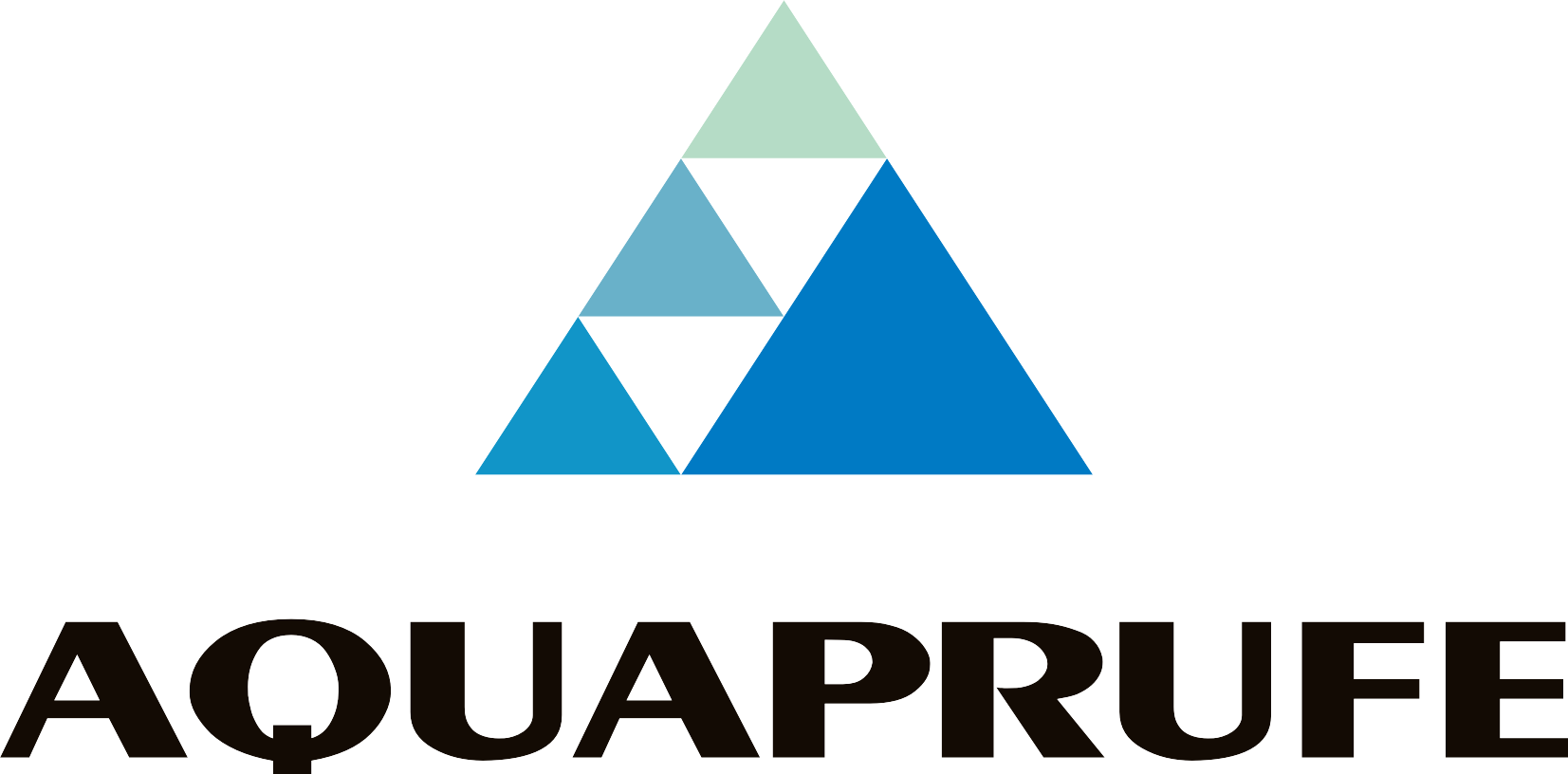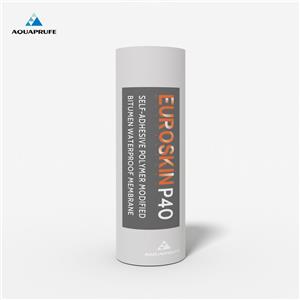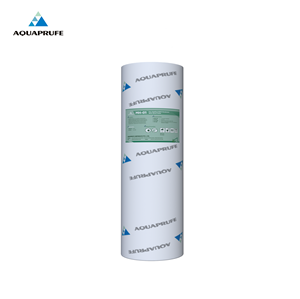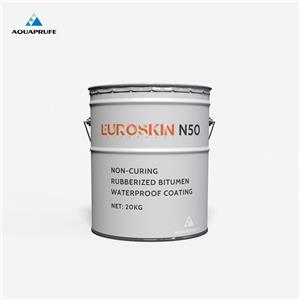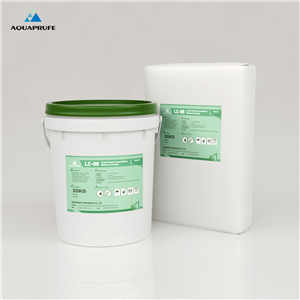Hydrophilic VS. Hydrophobic Polyurethane Grout, What is the Difference?
In construction and civil engineering, waterproofing and reinforcement are two crucial links. To achieve these goals, polyurethane grouts are widely used in various structural repairs, crack plugging and water leakage treatment projects. Polyurethane grouts can be divided into two categories: hydrophilic and hydrophobic according to their characteristics of reaction with water.
Understanding the differences, characteristics and applications of these two types of polyurethane grouts is of great significance for engineering design and construction.
What is hydrophobic polyurethane grout?
Hydrophobic polyurethane grout is a grouting material that does not dissolve or expand excessively after contacting water. It mainly forms a solid solid filler through limited chemical reaction with water, thereby plugging cracks or pores to achieve waterproofing and reinforcement effects.
Hydrophobic polyurethane grout is usually composed of polyurethane prepolymers, catalysts, foaming agents and other ingredients. Its working principle is: when the grout comes into contact with water, a chemical reaction occurs to form a cross-linked polyurethane foam. This foam has low water absorption and good mechanical strength, which can effectively prevent water penetration and fill cracks or gaps.
Since the reaction of hydrophobic polyurethane grouting material only requires a small amount of water, it can quickly solidify and form a high-density waterproof barrier in a humid or slightly leaking environment. Compared with hydrophilic grouting material, the volume change of hydrophobic polyurethane grouting material is smaller, and the foam structure formed after curing is more stable, which is suitable for environments exposed to water or moisture for a long time.
The main characteristics of hydrophobic polyurethane grouting material include:
● Low water absorption: The water absorption rate of the cured material is extremely low, which can resist water erosion for a long time.
● Fast reaction: It foams and solidifies quickly after contacting water to form a dense waterproof layer.
● High strength: The foam structure formed after curing has high mechanical strength and can withstand external pressure.
These characteristics make hydrophobic urethane grouting material particularly suitable for waterproof repair and reinforcement of underground projects, tunnels, pools and other structures that are exposed to water for a long time.
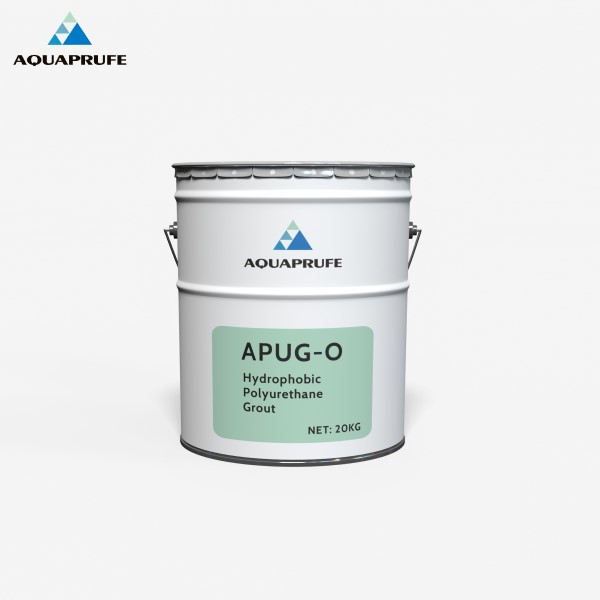
What is hydrophilic polyurethane grouting material?
Hydrophilic polyurethane grout is a grouting material that expands violently when it comes into contact with water. Unlike hydrophobic grouting, hydrophilic polyurethane grouting absorbs a large amount of water and expands when it comes into contact with water, thereby filling cracks or gaps and forming a waterproof barrier.
Hydrophilic polyurethane grouting consists of polyurethane prepolymers, water-soluble additives, catalysts, etc. Its working principle is that after the grouting material comes into contact with water, it absorbs water and undergoes a chemical reaction, rapidly expands, and forms a foam structure with a large number of open pores. This foam can absorb more water and continue to expand, eventually filling the entire crack or gap.
Since the expansion of hydrophilic polyurethane grouting is directly related to the amount of water, it is particularly effective in dealing with large-area or large-volume water leaks. Its expansion multiple is usually high, which can greatly increase the volume, quickly seal cracks, and prevent water from flowing through.
The main characteristics of hydrophilic polyurethane grouting materials include:
● High water absorption: After contacting water, it quickly absorbs water and expands significantly to form a dense foam structure.
● Good self-healing property: When cracks continue to expand or new cracks are generated, the grouting material can continue to expand by absorbing water to fill new cracks.
● High expansion rate: The expansion ratio is high and can effectively fill larger cracks and gaps.
Due to these characteristics, hydrophilic polyurethane grouting materials are mostly used to deal with large amounts of water seepage, such as waterproof reinforcement work in dams, basements, large tunnels and other projects.

Hydrophilic Polyurethane Grouting VS. Hydrophobic Polyurethane Grouting Materials, What is the Difference?
Although both hydrophilic and hydrophobic polyurethane grouting materials are polyurethane-based grouting materials, they have significant differences in composition, reaction mechanism, performance and application scenarios.
Composition and chemical reaction
The main components of hydrophilic polyurethane grouting materials include chemical substances that can absorb water and expand, which quickly absorb water and expand after contacting water to form a porous foam structure. Hydrophobic polyurethane grouting materials contain components that do not absorb water or absorb a small amount of water. When they come into contact with water, they only undergo limited chemical reactions to form a dense foam structure.
Expansion characteristics and reaction speed
Hydrophilic polyurethane grouting materials usually have a higher expansion multiple. When they come into contact with water, they can absorb a large amount of water and expand significantly. They are suitable for filling larger cracks or gaps. Relatively speaking, hydrophobic polyurethane grouting materials have a lower expansion multiple and a faster reaction speed. The foam formed is denser, which is suitable for treating small cracks or areas with slight water seepage that need to be quickly sealed.
Water absorption and durability
After curing, hydrophilic polyurethane grouting materials still retain a certain amount of water absorption. When the ambient humidity changes, the volume may change. Long-term use may cause the degradation of the foam structure. However, hydrophobic polyurethane grouting materials have low water absorption, maintain stable volume and performance in a long-term humid environment, and have stronger durability.
Application scenarios
Due to their high expansion rate and self-healing properties, hydrophilic polyurethane grouting materials are suitable for projects that need to deal with a large amount of water seepage or large-volume cracks, such as large-area leakage in basements and anti-seepage treatment of dams. Hydrophobic polyurethane grouting materials are widely used to treat small cracks or structures with slight water seepage, such as tunnel walls and small building structures, due to their rapid response and high strength.
Construction process and maintenance
Due to the strong water absorption and expansion performance of hydrophilic polyurethane grouting materials, the water volume requirement during construction is high, and the water supply during the grouting process usually needs to be strictly controlled. Hydrophobic polyurethane grouting materials, on the other hand, have lower water requirements and are relatively simple to construct. In terms of maintenance, the self-healing properties of hydrophilic grouting materials can cope with the re-expansion of cracks, while hydrophobic grouting materials are more suitable for long-term use because of their stable volume after curing.
Conclusion
As two important types of waterproof reinforcement materials, hydrophilic and hydrophobic urethane grouting materials each have unique properties and application scenarios. The choice of grouting materials should be comprehensively considered based on specific project needs, environmental conditions and construction requirements. Understanding the difference between these two materials not only helps to optimize project design and construction technology, but also improves the durability and safety of the project.
In construction and civil engineering, the application of both hydrophilic polyurethane grouting materials and hydrophobic polyurethane grouting materials reflects the continuous progress of material science and engineering technology. Through reasonable material selection and scientific construction, various water seepage and structural reinforcement problems can be effectively solved, providing guarantee for the long-term stable operation of buildings and infrastructure.
